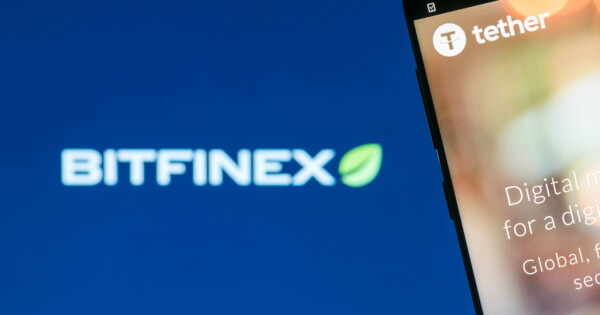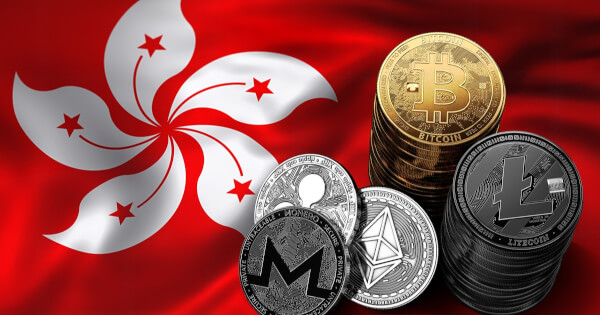
One report suggested the NFT market could reach a $230 billion valuation by 2030 — more than 20 times greater than its value in 2021.
There is no denying that nonfungible tokens (NFTs) have taken a hit in recent months. Market conditions have plunged, scams and hacks are frequent, and there is an increasing number of low-quality projects, pushing many to question the value of NFTs and their place in Web3 altogether. Even popular projects like the Bored Ape Yacht Club have taken a hit, with floor prices dropping below $100,000 this year.
Over the last crypto cycle, NFT market conditions have been largely correlated to and reliant upon the general crypto market. As technology and digital assets soared in valuation, it became easier for individuals and investors to justify speculating on the nascent NFT asset class — often paying exorbitant premiums with the conviction that some tangible utility and value might be derived at a point in the future. Combined with the fact that NFTs, by nature, are relatively scarce and illiquid, it set up the perfect storm for dramatic price appreciation that fell even more dramatically back to earth.
Market conditions are also tied to developments in the ecosystem, which include rampant fraud and oversaturation in content, causing increased concern for parties already involved within the space, and hesitation for consumers and businesses that were looking to enter the space.
What is important for us to realize is that this is a natural part of the NFT space’s evolution. Over-speculation followed by reality-striking struggle is not only to be expected, but necessary for us to take action and remedy the current issues to ensure these digital assets can continue to grow and flourish.
Related: Anonymous hacker served with restraining order via NFT
Scams and hacks are, of course, harmful to projects and users participating in the NFT space. No creator should have their work duplicated and sold under someone else’s name, just as no buyer should unwittingly fall prey to a scam or theft. Projects should not need to worry that a hacker can take advantage of infrastructure vulnerabilities and steal massive sums of money. Moreover, early supporters do not need to fear that project leaders will either run out of working capital or simply abandon the product in early stages of the roadmap.
My view on the NFT market action today... pic.twitter.com/iDjrJeQdMt
— Peter Smith (@OneMorePeter) August 22, 2022
But what these security breaches do reveal is where the points of failure are in the system, allowing us to work harder towards fixing them and preventing them from happening in the future. They also prove an important point to blockchain projects: that they need to prioritize infrastructure and security partners in order to be successful in the long term and prevent future financial losses. Additionally, companies and projects need to look internally on how best to protect users. They need to leverage open-source technology and develop features of their own that help to bolster security — OpenSea and MetaMask are taking steps to do just that.
Where scams and hacks cause distrust and unease, the increasing number of low-quality projects has led to a general oversaturation in the NFT market. People are tired of hearing about NFTs that have either no artistic value or no tangible utility. In an over-crowded market, it becomes difficult to gauge which projects or collections are worth any money at all.
The silver lining here is that the market’s downturn is weeding out some of the lower-quality NFT projects. Projects will be forced to execute on their promises, pivot their strategies to remain competitive, and better cater to their audiences.

For starters, marketplaces will need to start curating artwork to ensure the highest quality pieces are not drowned out by the massive number of NFTs and duplicates being listed. They’ll also need to better align with evolving copyright and IP standards. Projects that are not purely focused on digital art will need to deliver real utility to consumers or other businesses in order to be successful in the long term. Utility can come in the form of ownership privileges, exclusive memberships, redeemable rewards, or entrance to communities of like-minded individuals.
And what’s perhaps most important is that we have only begun to touch the tip of the iceberg with respect to the full potential of and number of use cases for NFTs. This highly disruptive token standard can and will support efficient and secure digital ownership rights of valuable assets. Ticketing for events and travel, immutable forms of identification, and digital domain standards are among other exciting possibilities which also include financial products, medical records, real estate and intellectual property.
Related: Targeted phishing scam nets $438K in crypto and NFTs from hacked Beeple account
The challenges we’re facing will be overcome and will result in a healthier ecosystem of sturdy projects that reshape our lives in new and unimaginable ways. Moreover, McKinsey & Company predicted the Metaverse would likely reach a valuation of $5 trillion by 2030. Guess what the building blocks to the Web3 metaverse are? NFTs. Little surprise, then, that another study predicted the NFT market would reach $230 billion in value by 2030.
Because NFTs represent digital ownership that is both immutable and easily transferable, they will serve as digital identification or tickets for events in the Metaverse, provide proof of attendance or payment, and act as proof of ownership for games, wearables, or digital real estate. NFTs will underlie all activities in the new digital economy within the Metaverse.
NFTs are laying the foundation for the next generation of innovative products and services. As we continue to get through these growing pains of this nascent industry, one thing abundantly clear is that NFTs are here to stay.
Anthony Georgiades is a co-founder of Pastel Network, a Layer 1 blockchain for NFTs and Web3 technology. He’s also a general partner at Innovating Capital, a technology fund focused on disruptive companies and digital assets. He previously spent time on the investment team at First Round Capital and on the operations teams of various startups. He studied finance, management, and computer science at the University of Pennsylvania’s Wharton and engineering schools.
The opinions expressed are the author’s alone and do not necessarily reflect the views of Cointelegraph. This article is for general information purposes and is not intended to be and should not be taken as legal or investment advice.

You can get bonuses upto $100 FREE BONUS when you:
💰 Install these recommended apps:
💲 SocialGood - 100% Crypto Back on Everyday Shopping
💲 xPortal - The DeFi For The Next Billion
💲 CryptoTab Browser - Lightweight, fast, and ready to mine!
💰 Register on these recommended exchanges:
🟡 Binance🟡 Bitfinex🟡 Bitmart🟡 Bittrex🟡 Bitget
🟡 CoinEx🟡 Crypto.com🟡 Gate.io🟡 Huobi🟡 Kucoin.















Comments